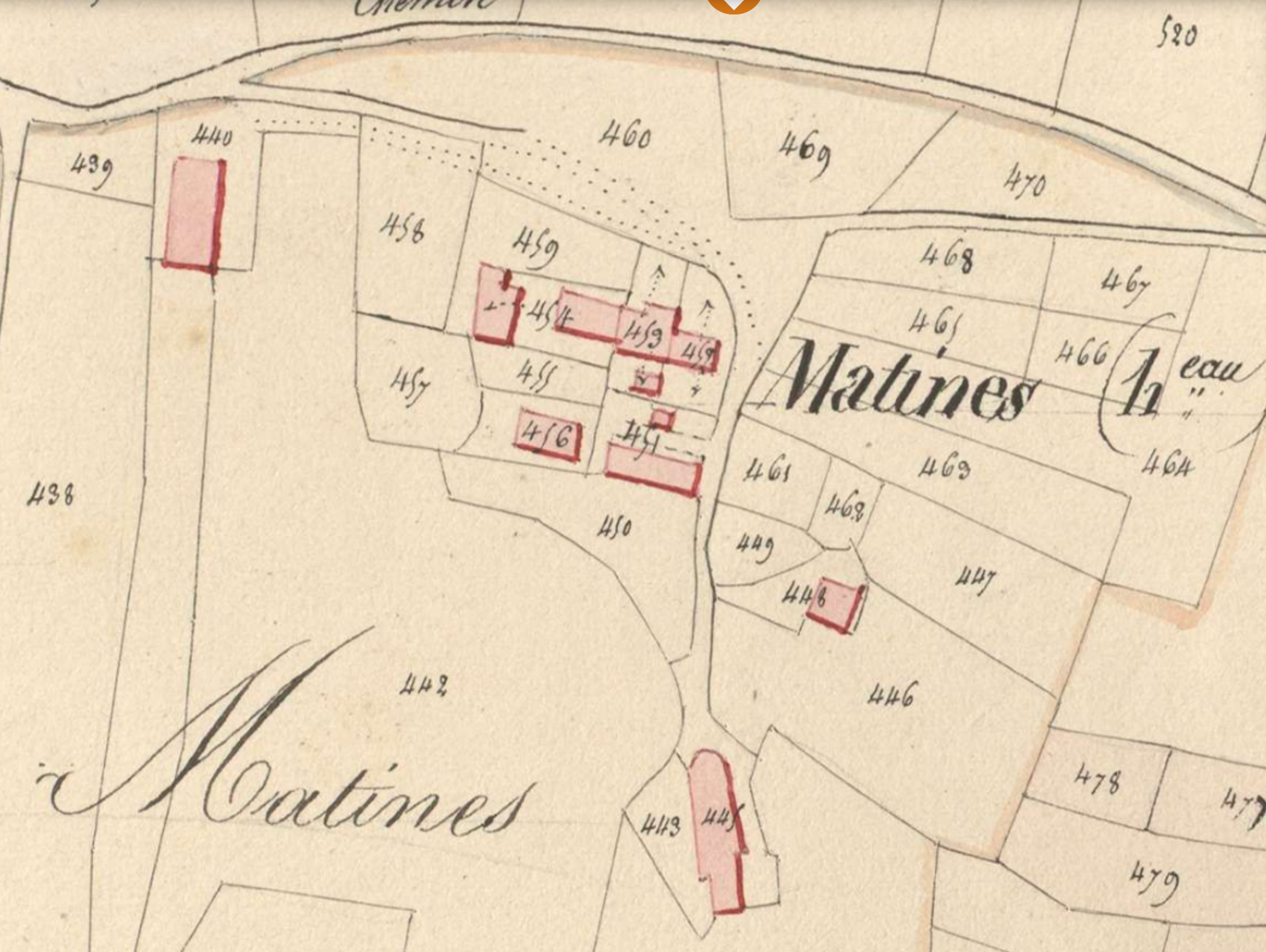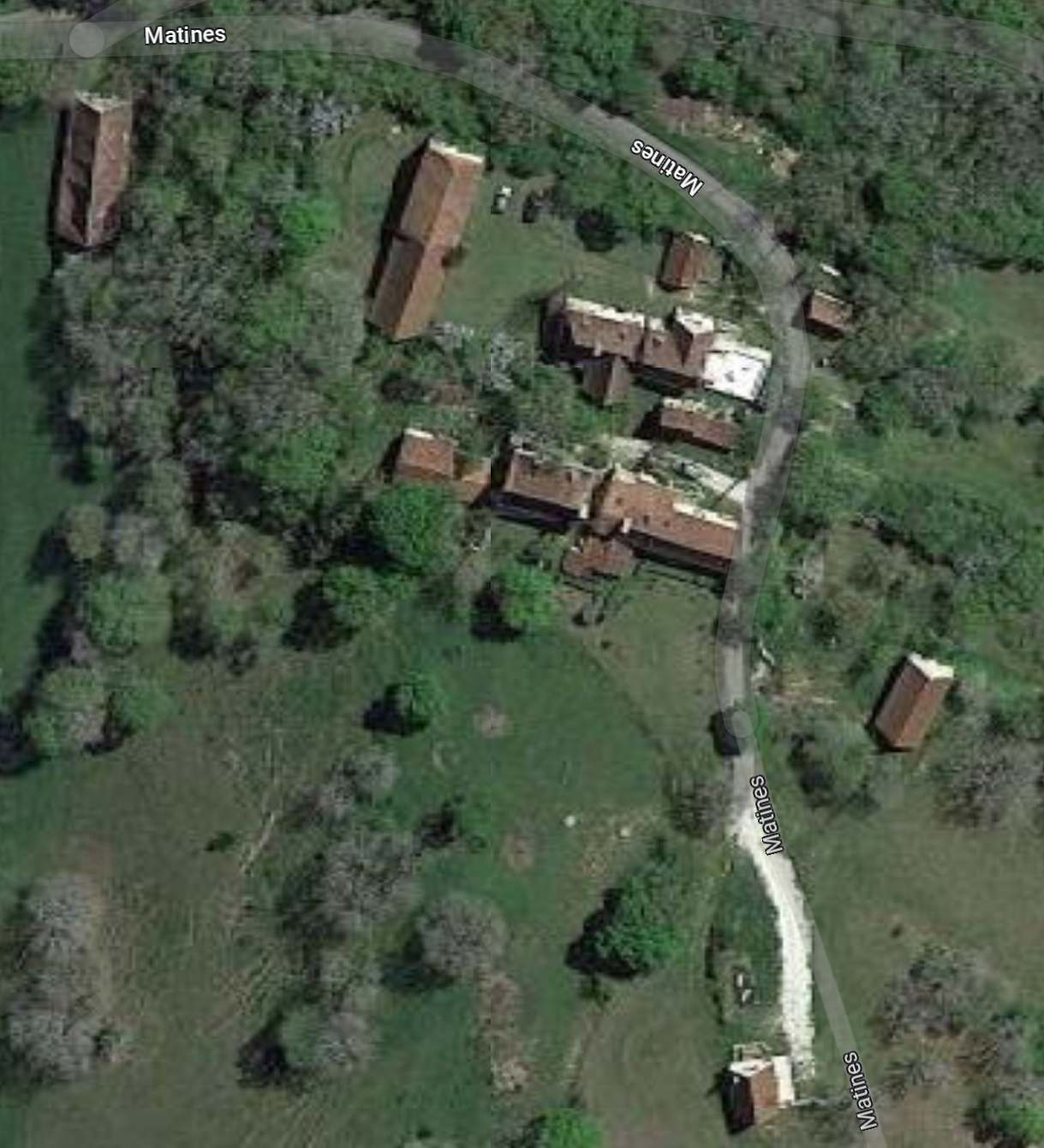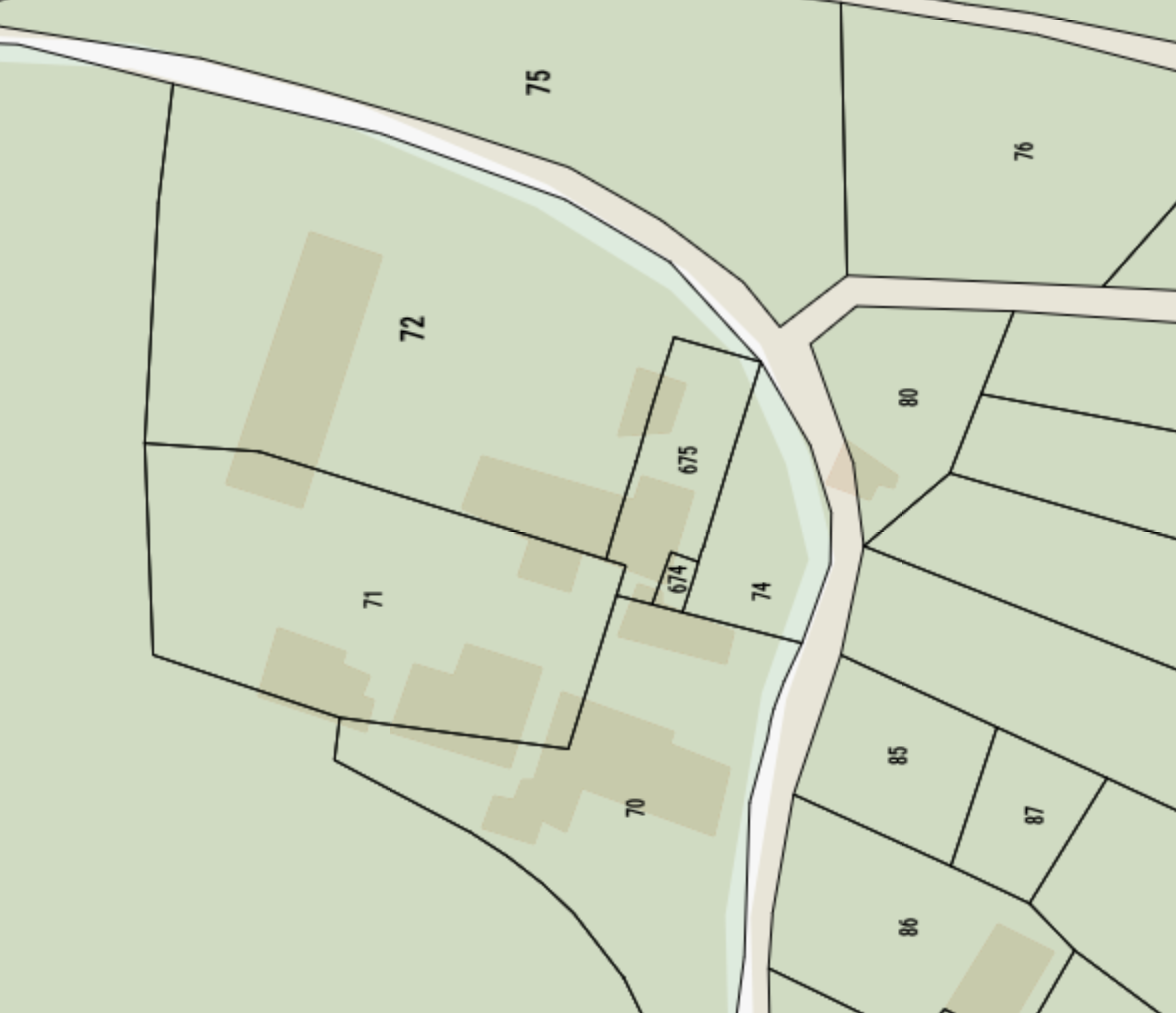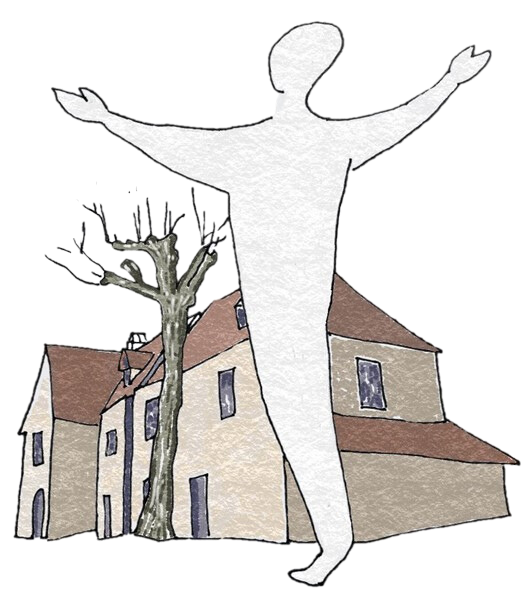The History of Matines
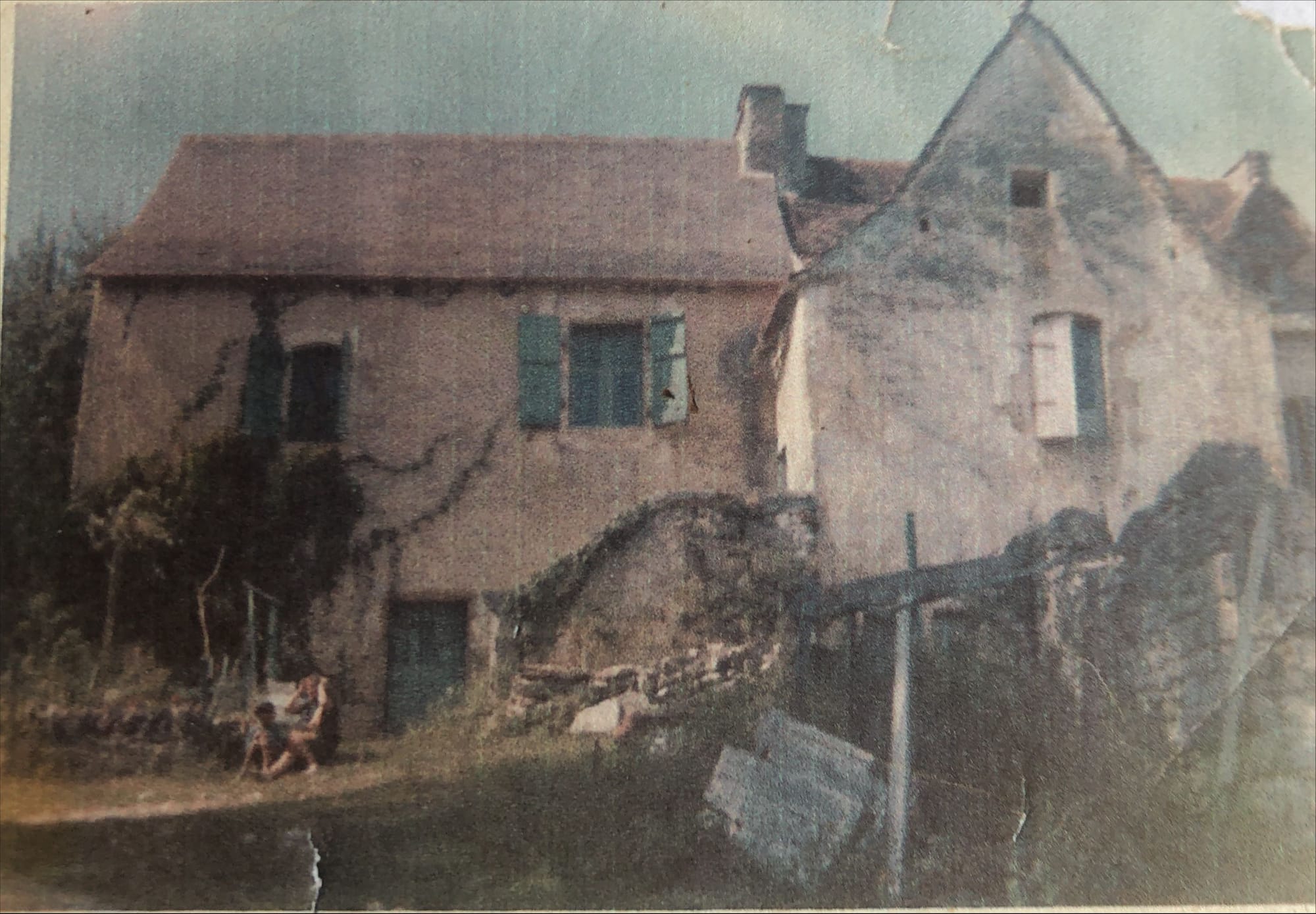
It is unclear when Matines was first occupied, but the stone of the inner arch beneath the Maison Issaly is from the Renaissance period and the flagstone cellar under the Maison Besse shows vestiges (hearth) of an earlier, probably single-storey dwelling.
It is likely that the dwellings would have been single storey originally, and then built up from there as the families grew and prospered. There are dates on the stones in the second and third storey - 1702 in the Maison Issaly and 1830 in the Maison Besse. Mark has used one of the stones from the end house (the Ruine) in one of the small walls near the Oratoire. This is clearly dated 1722. There is an old date in the wood of lintel over the small barn which we have always called the Chapelle, between our house and the Marjot house behind. It is hard to distinguish the date, but it seems to be 1764.
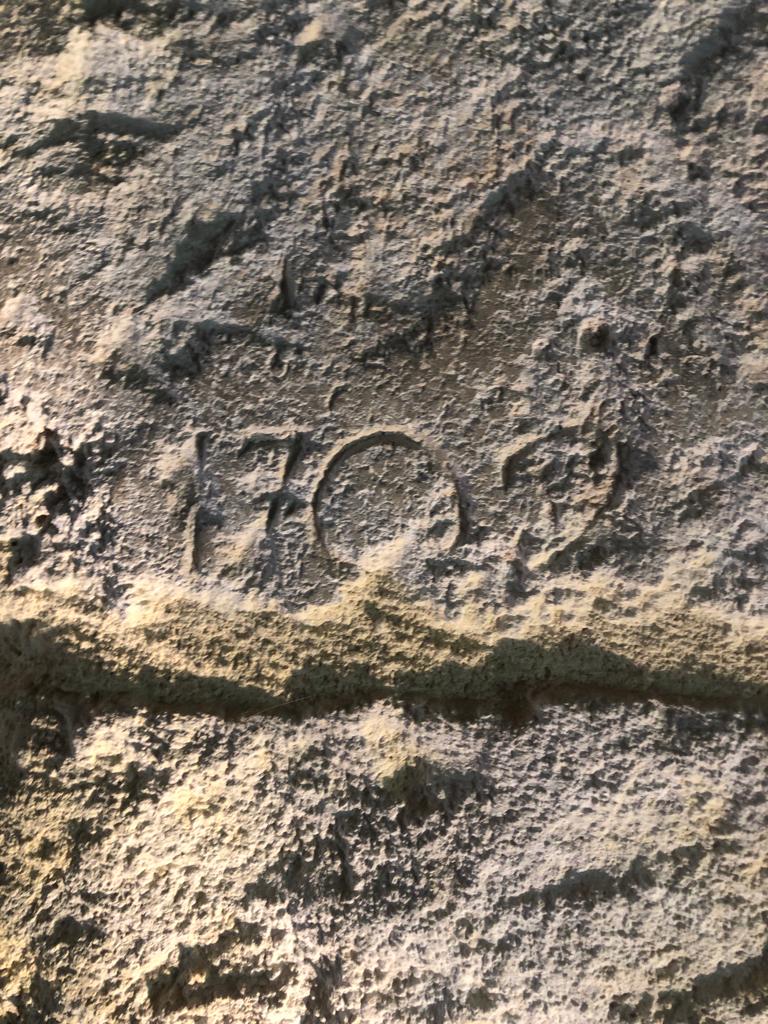
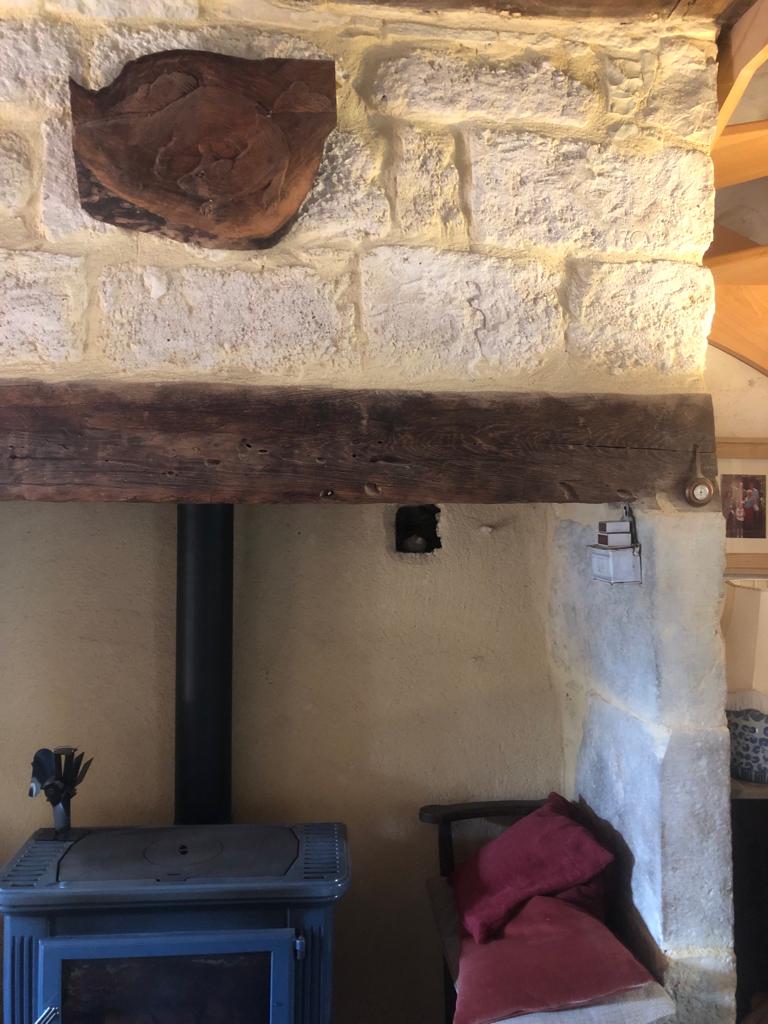
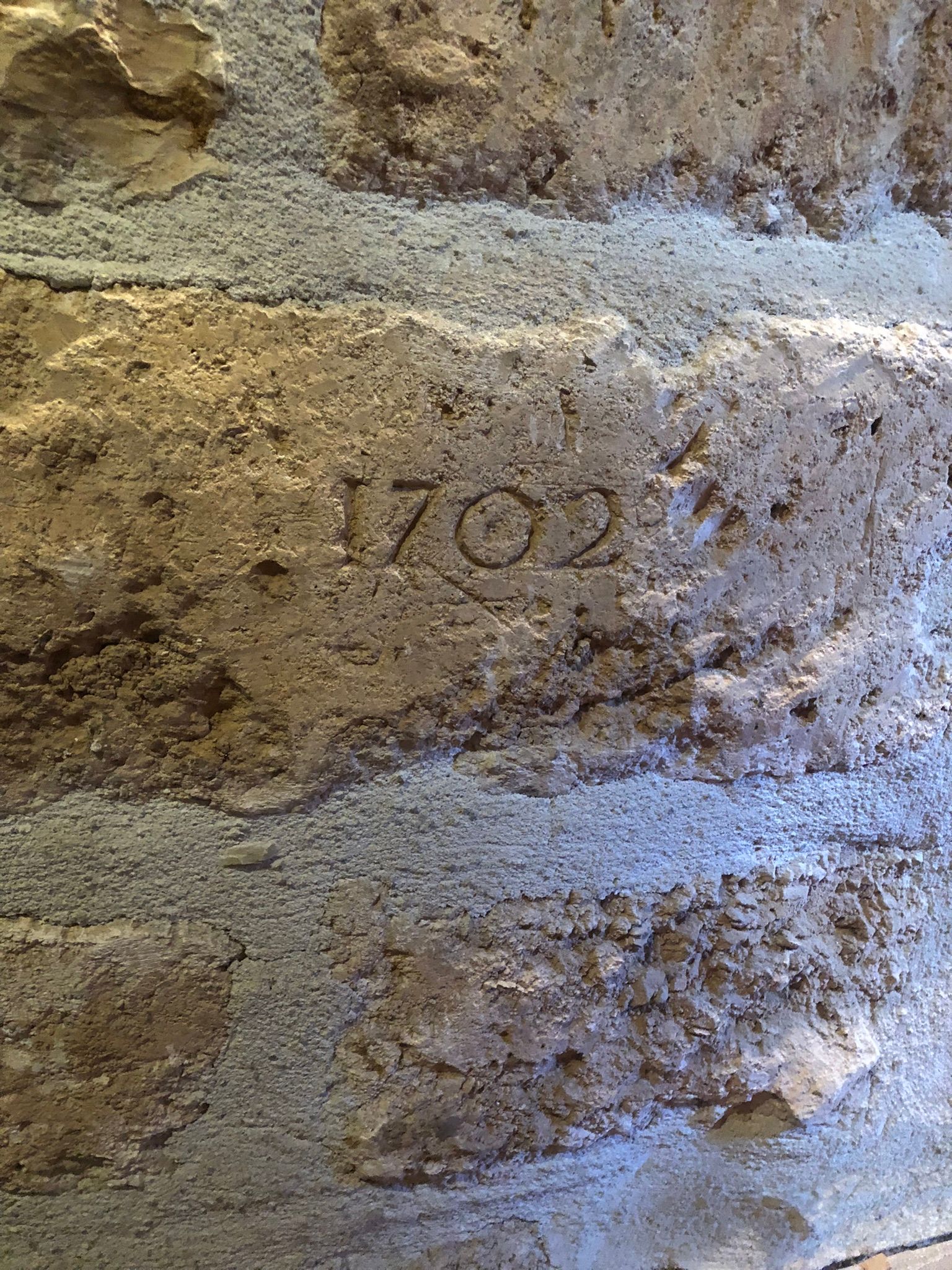
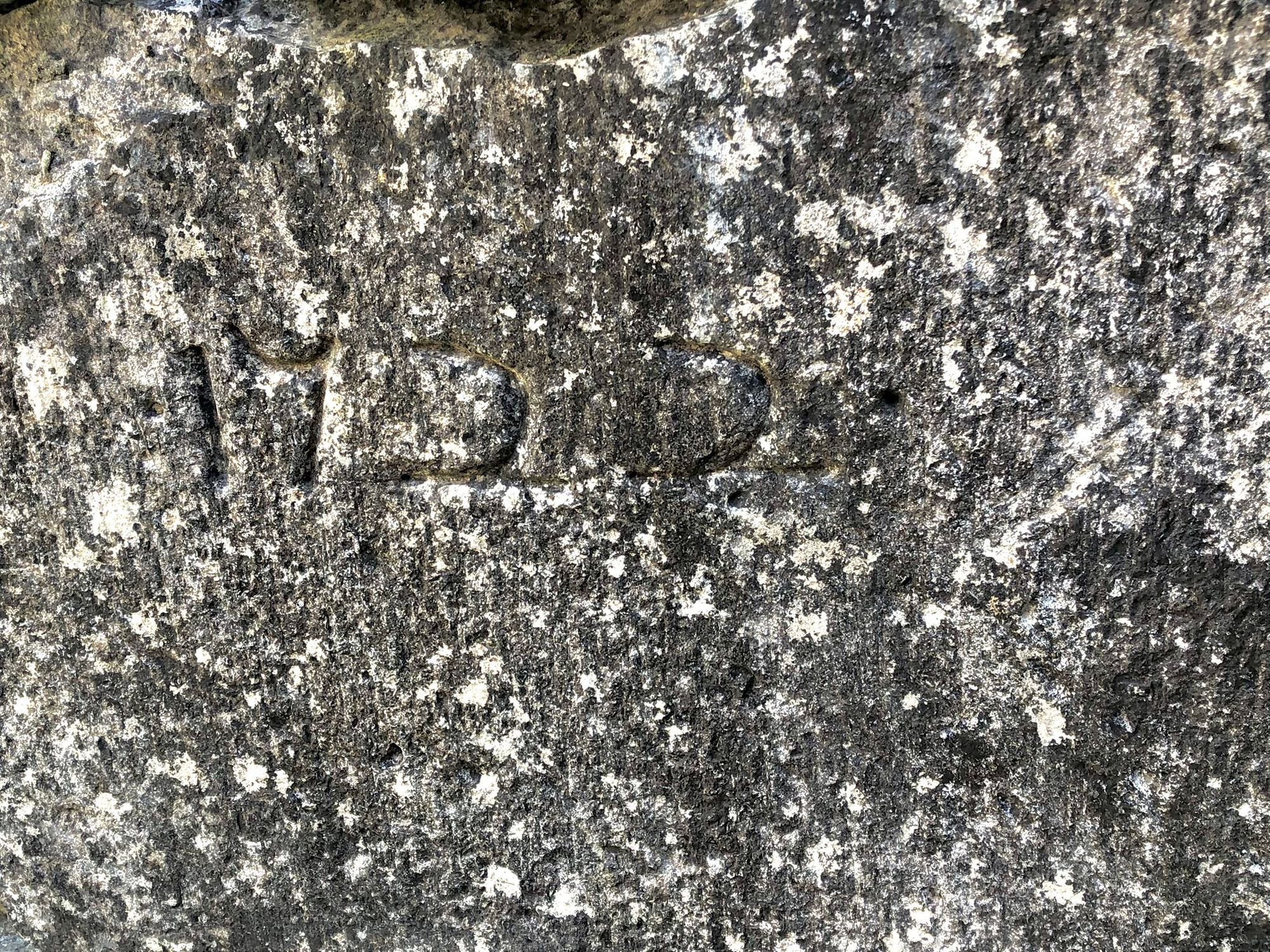

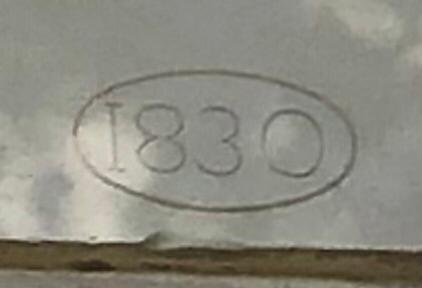
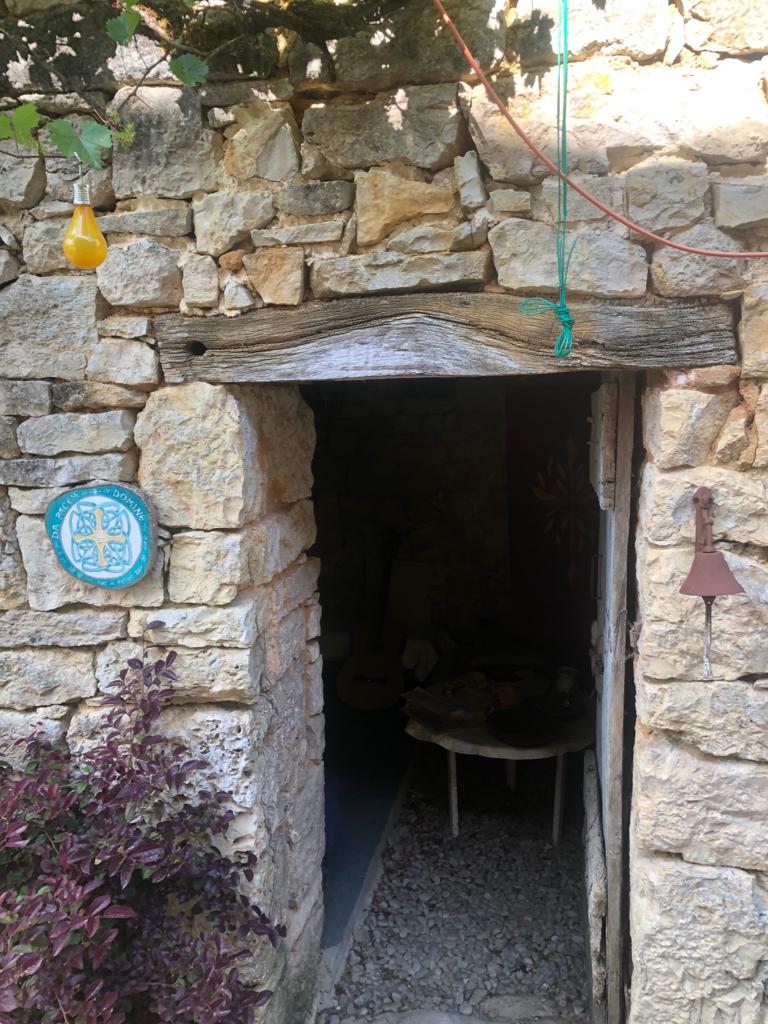
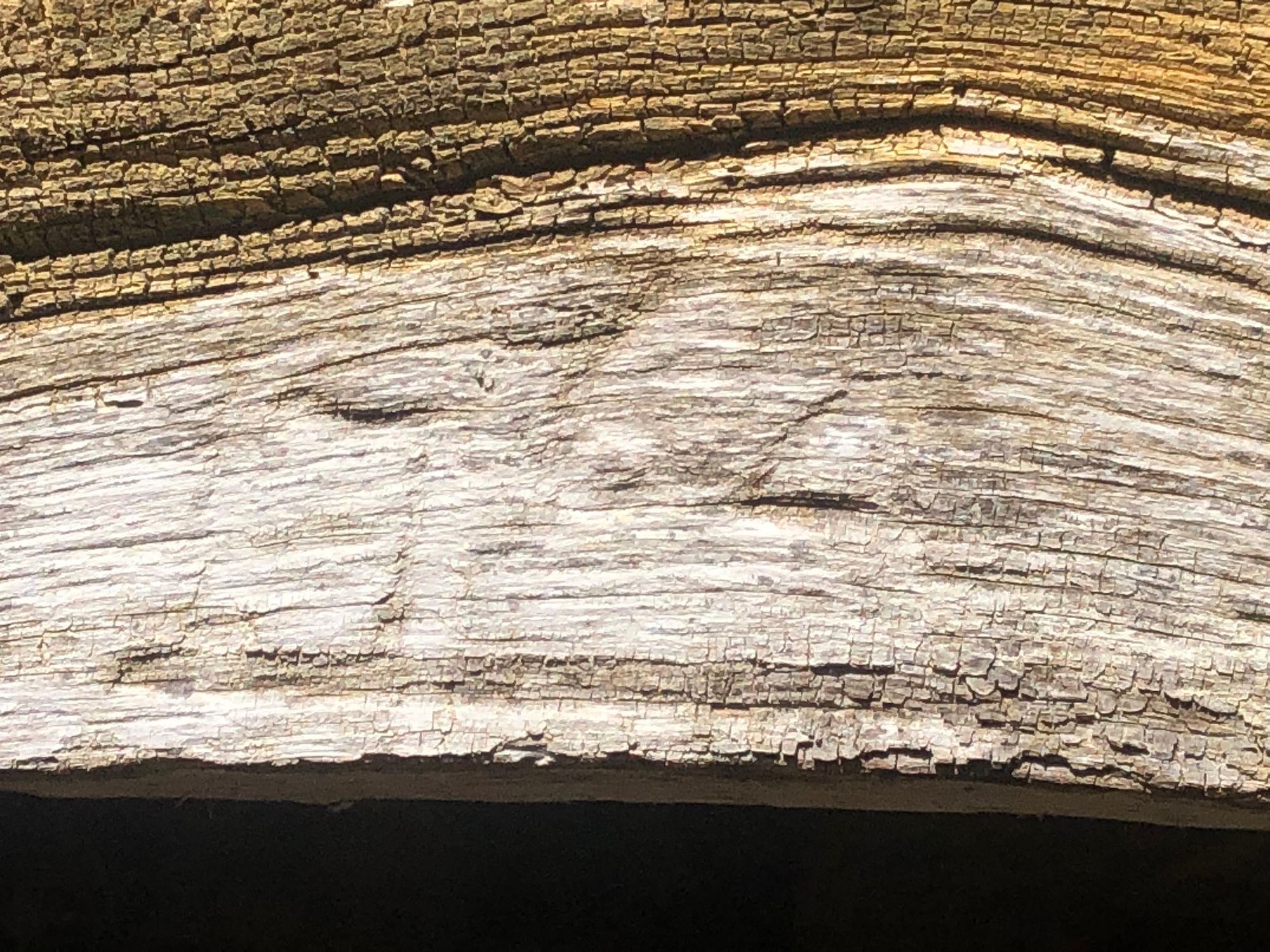
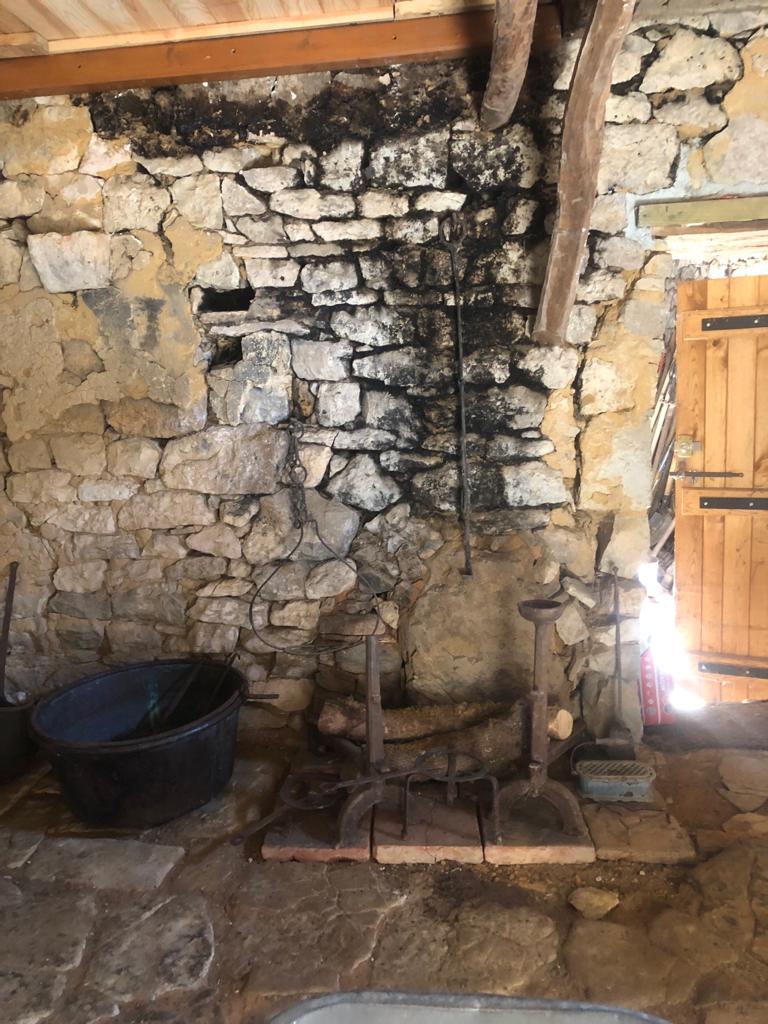
Memories of the village from Jacques Périan, our neighbour, and Nicole Assié (née Jouve) from Le Poujet, the neighbouring hamlet.
Nicole remembers being told that the village of Matines was home to 60 people at one point, there being five houses, with extended family living in each. The barns were used for livestock, and the porcheries for pigs. Jouve (at Le Poujet) had oxen. Horse and sheep were kept in the cellars. Between Jacques' house (famille Poumarede) and Marjot’s (famille Cordes) was a building for goats. Candles and paraffin lamps were used in the houses before electric lighting.
Jacques’ grandparents (Besse) bought the far house, nearest the barn (known as the Maison Besse). They had two children, son and daughter Geneviève (Jacques’ mother). M. Besse was a postmaster at Souillac, so the family in the house behind (Poumarede) looked after the house and supervised the farm workers. Jacques inherited his house when M. Poumarede died without a natural heir in the 196os . The Besse son, Jacques' uncle, had diabetes and the house was sold to pay for the treatment in Paris; treatment was expensive. The son died in his 20s.
The middle house was owned by a family called Issaly. In fact, the name is crudely cut in the stone at the top of the staircase in the entrance to the souillarde.
The barn was filled with hay to the roof top, which is why it was so large. The hay had to last all winter and spring! Sheep were kept, also goats, pigs (at least one), chickens and a horse. They shat in the open field (the people)!
Jacques parents met in St-Céré and married in Paris.
The other two houses in the row were occupied by farm workers. Jacques' mother, Genevive, bought the first house, nearest the road, in late 1960s as she wanted to return to her home village. At that time, it was not in a good state, and needed some restoration. The two houses (Besse and Issaly) were owned by M. Baillagou eventually. Jacques remembers visiting his mother during the holidays (Jacques' father having left). Jacques' mother was often in dispute with her neighbours over boundaries, rights of way and the like. At some point she persuaded René Baillagou to sell her the Chapelle, the quaint two-storey building behind the Maison Issaly, which she incorporated into her outbuildings (former porcherie, now our pantry and storerooms) and planned to convert into a bedroom and bathroom.
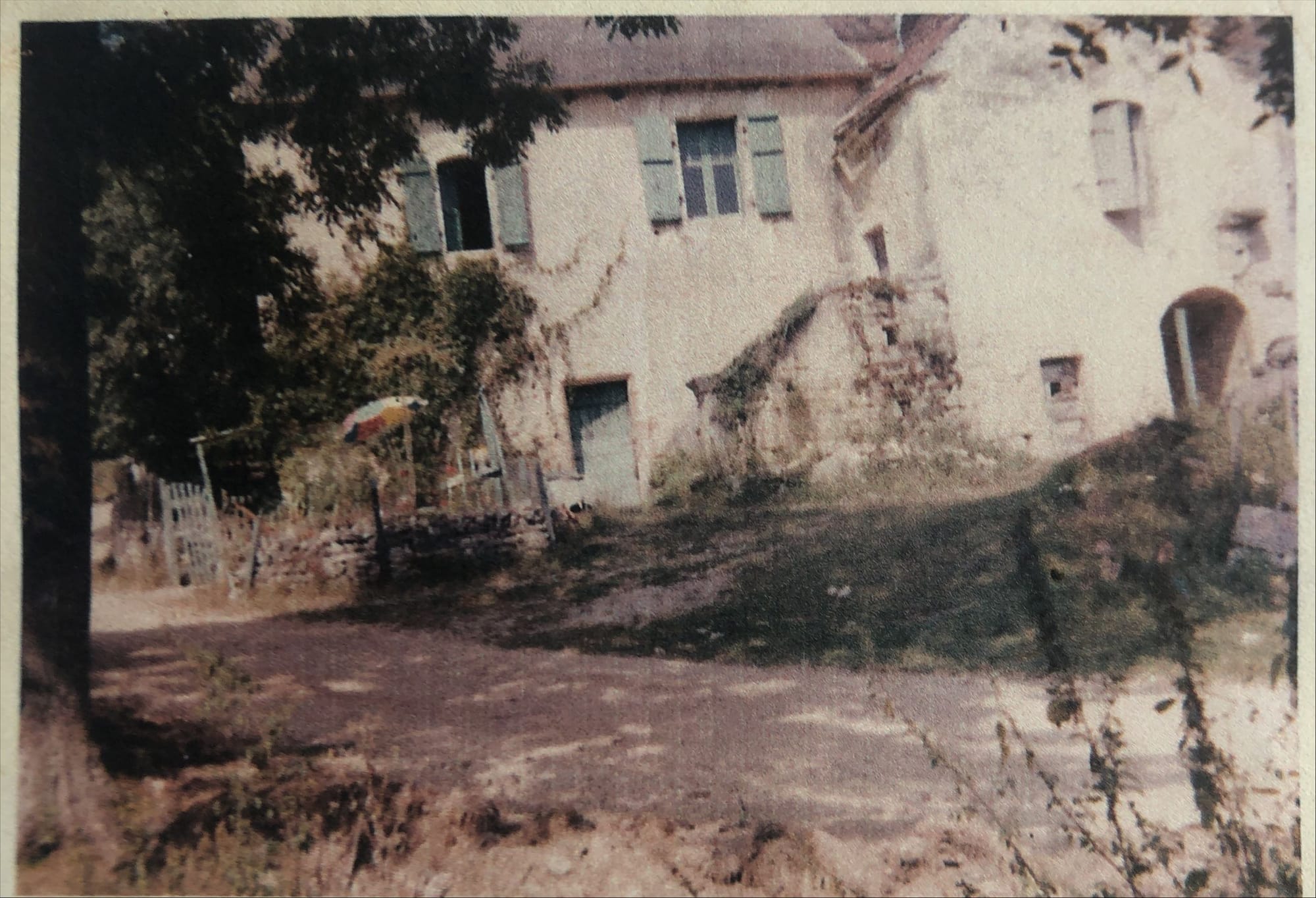
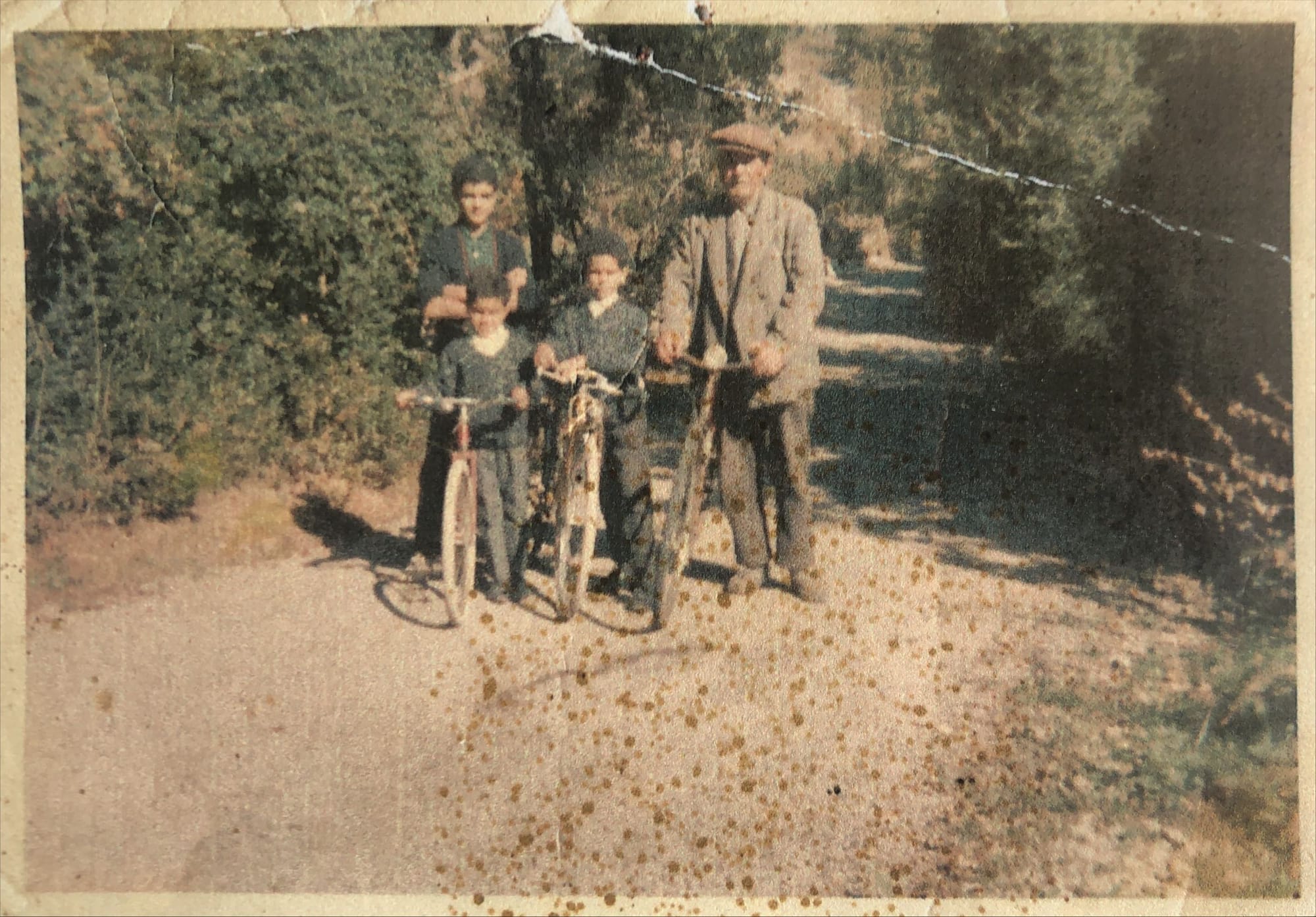
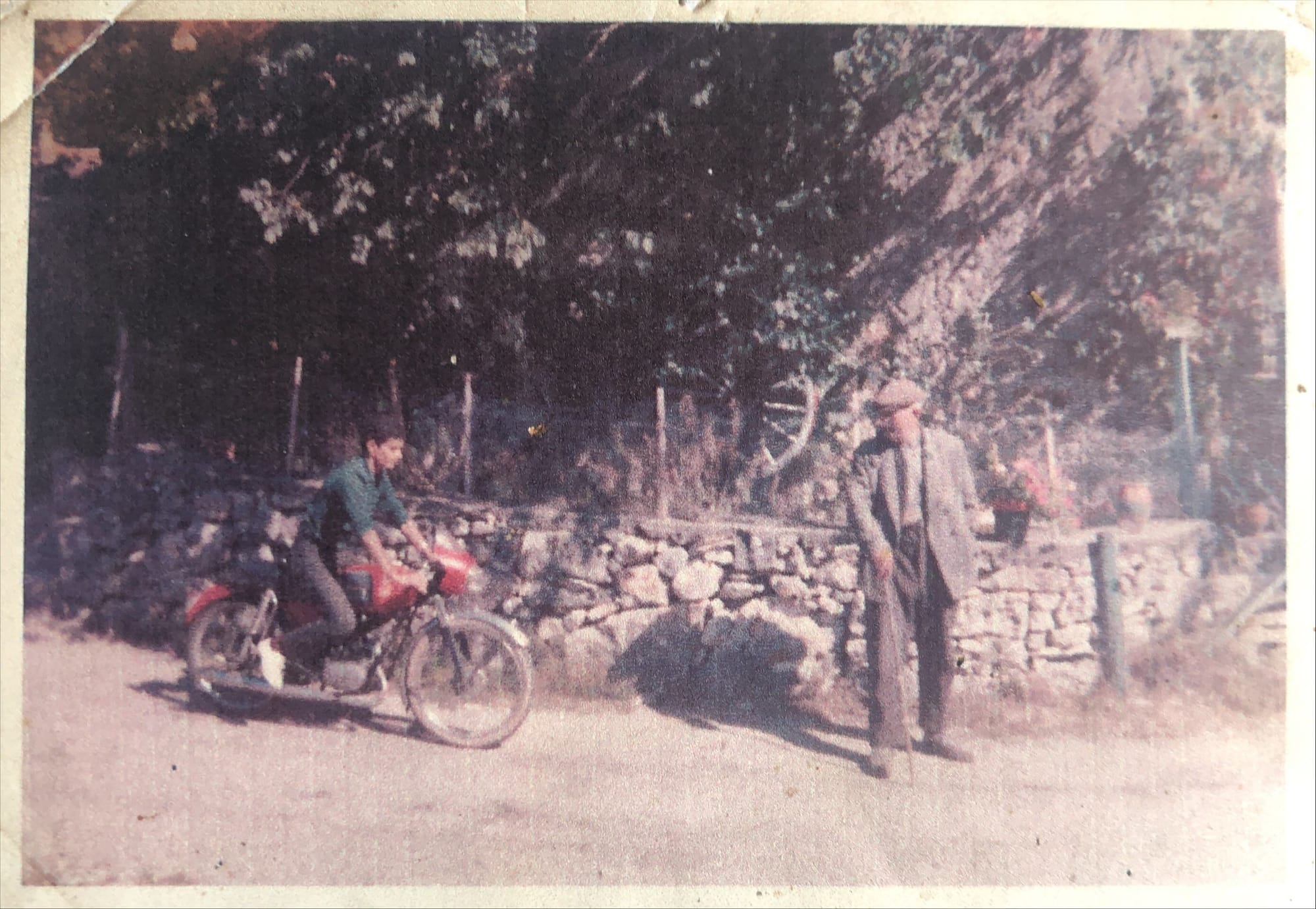
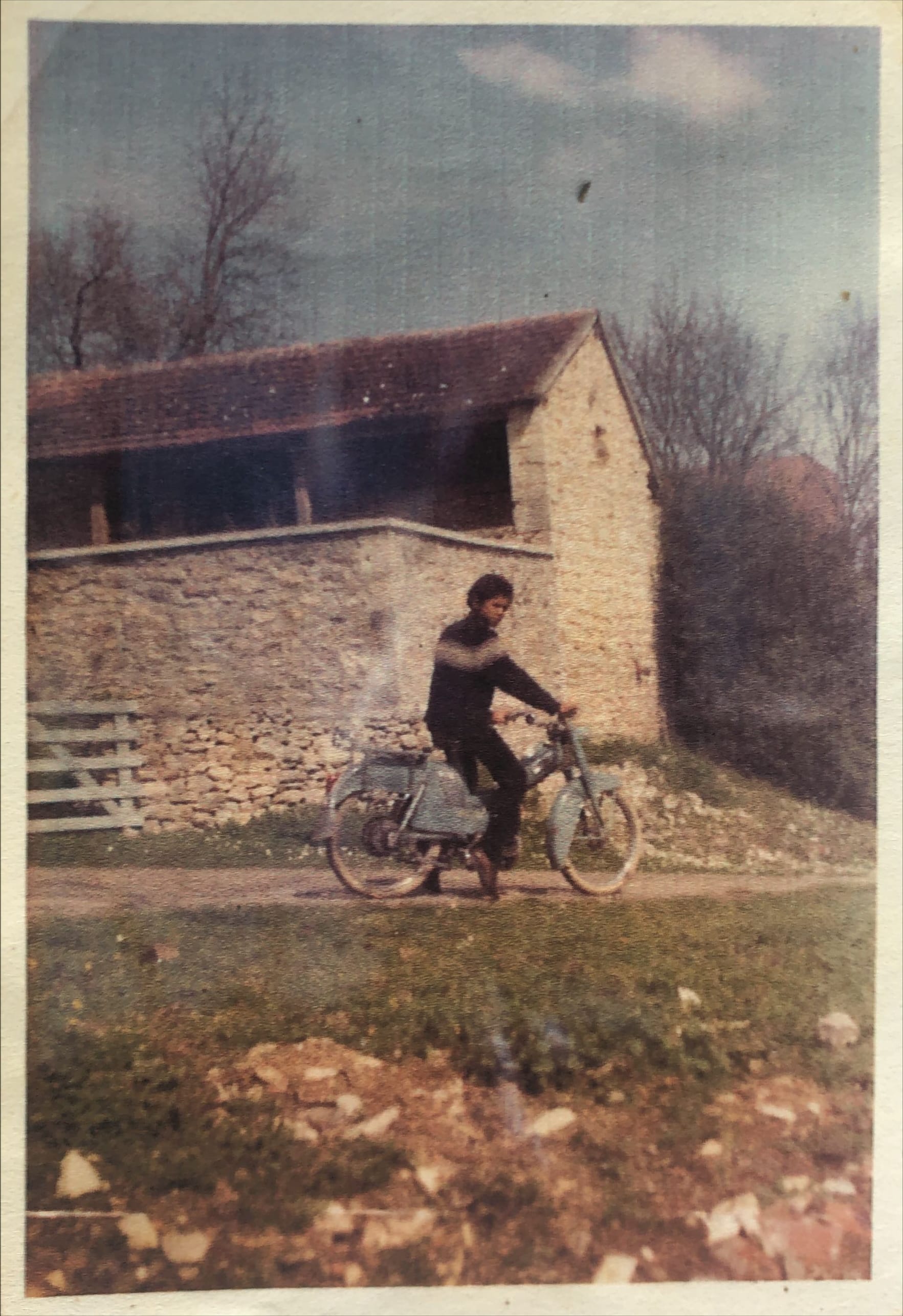
Archive photos from Jacques
Jacques grew up in Brouilly, near Paris. He is the second of three sons. His older brother lives in Antibes, the younger one lives in Paris but has access to a house in Concores owned by the family. Jacques spent a year in a boarding school in the Val de Marne, eastern France. His parents divorced when he was 8/9 years old. The end house (now our terrace) burnt down in 1975. He and his mother were in the village when the fire started. Bernard Desplats remembers the night of the fire, and told us about it when we first looked at the property in 1993. After the fire Jacques family lived in the Mairie in St Germain whilst the Concores house was being made habitable. They were then invited to live in the big house in Laborie as caretakers to a notaire. The insurance money was used to buy a house with a turret in Concores. We always knew the end house as a ruin, and referred to it as 'the ruin'! Baillagou, who owned the other two houses, connected them on the living floor, but not in the cellar or lofts. The maison Isally was partitioned to create a bathroom, toilet, sleeping area and sitting room. These two interlinked houses were rented (1970s?) and functioned as a sort of foyer for needy young people. Animals, probably ponies, were kept in the old barn.
The Marjot’s house was previously owned by the Cordes family. Jacques refers to 'the witch' who used to travel into St Germain by charrette and horse. Mme Cordes was a bossy woman who wore black and grey, including a large black hat! Cordes’ husband was made to cut wood for two hours at a time and was shouted at. Nicole’s father, M. Jouve and M. Desplats (the two families at Le Poujet), were prevented from using the strip fields as a short cut. Mme Cordes died around 1970. Her daughter was Mme. Sanglande. Mme. Sanglande had three daughters, one of whom was Jeanette. Jeanette married Guy Grandet, from Belves.
Nicole and Jacques' brother, Serge, attended school together in St. Germain.
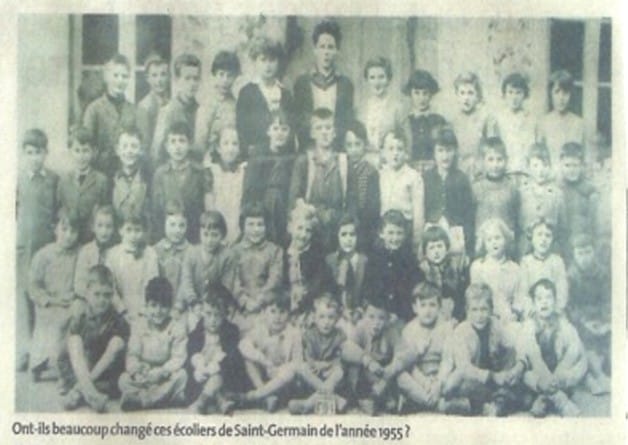
The well at the rear of the Maison Besse is fed by rain water (puits citerne), the Marjot well is fed from the ground. The other wells were behind Jacques barn and another in the field by the small house, originally a poulaillier. Water was fetched in buckets from these wells.
